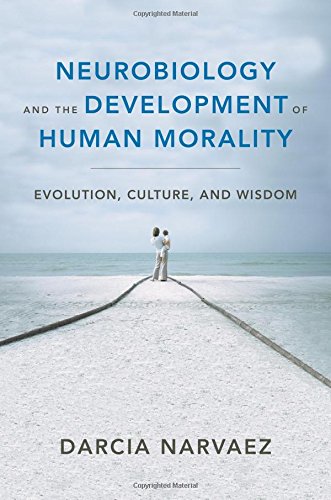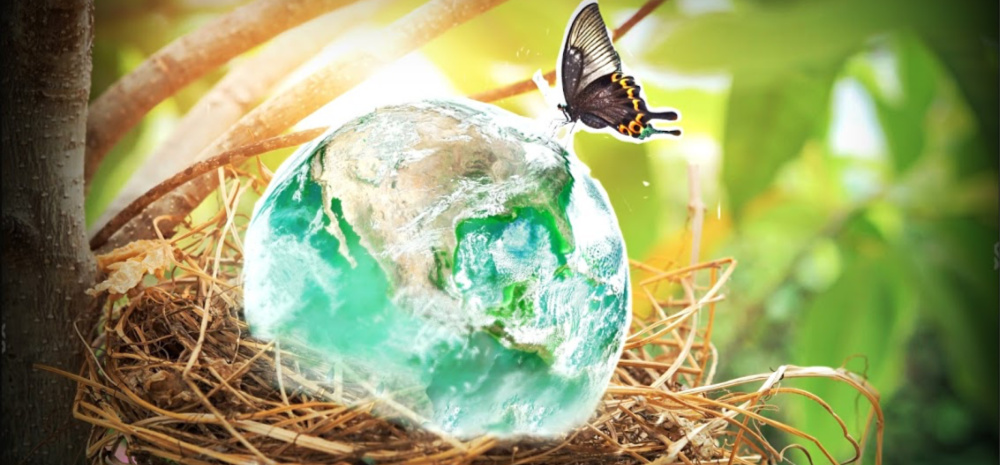Listen to award-winning neuroscience researcher, Darcia Narvaez, PhD, share foundational insights into the Evolved Nest.
Read posts from the Evolved Nest on Kindred:
Visit the nonprofit initiative at www.EvolvedNest.org.
Subscribe to Kindred’s newsletter for more podcast updates.
About the Evolved Nest

Every animal has a nest for its young that matches up with the maturational schedule of the offspring (Gottlieb, 1997). Humans too! The Evolved Nest (or Evolved Developmental Niche; EDN) refers to the nest for young children that humans inherit from their ancestors. It’s one of our adaptations, meaning that it helped our ancestors survive. Most characteristics of the evolved nest emerged with social mammals more than 30 million years ago.
Humans are distinctive in that babies are born highly immature (only 25% of adult-sized brain at full-term birth) and should be in the womb another 18 months to even resemble newborns of other species! As a result, the brain/body of a child is highly influenced by early life experience.
Multiple epigenetic effects occur in the first months and years based on the timing and type of early experience. Humanity’s evolved nest was first identified by Melvin Konner (2005) as the “hunter-gatherer childhood model” and includes breastfeeding 2-5 years, nearly constant touch, responsiveness to baby’s needs, multiple responsive adult caregivers, free play with multiple-aged playmates, positive social support for mom and baby.
Calling these components the Evolved Nest or Evolved Developmental Niche, Narvaez and colleagues add to the list soothing perinatal experience (before, during, after birth) and a positive, welcoming social climate. All these are characteristic of the type of environment in which the human genus lived for 99% of its existence. Below are publications and a powerpoint about the evolved nest.
Why does the evolved nest matter? Early years are when virtually all neurobiological systems are completing their development. They form the foundation for the rest of life, including getting along with others, sociality and morality.


